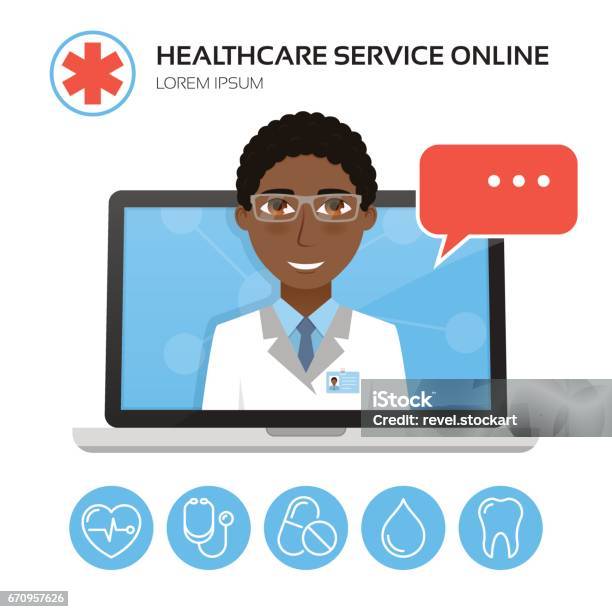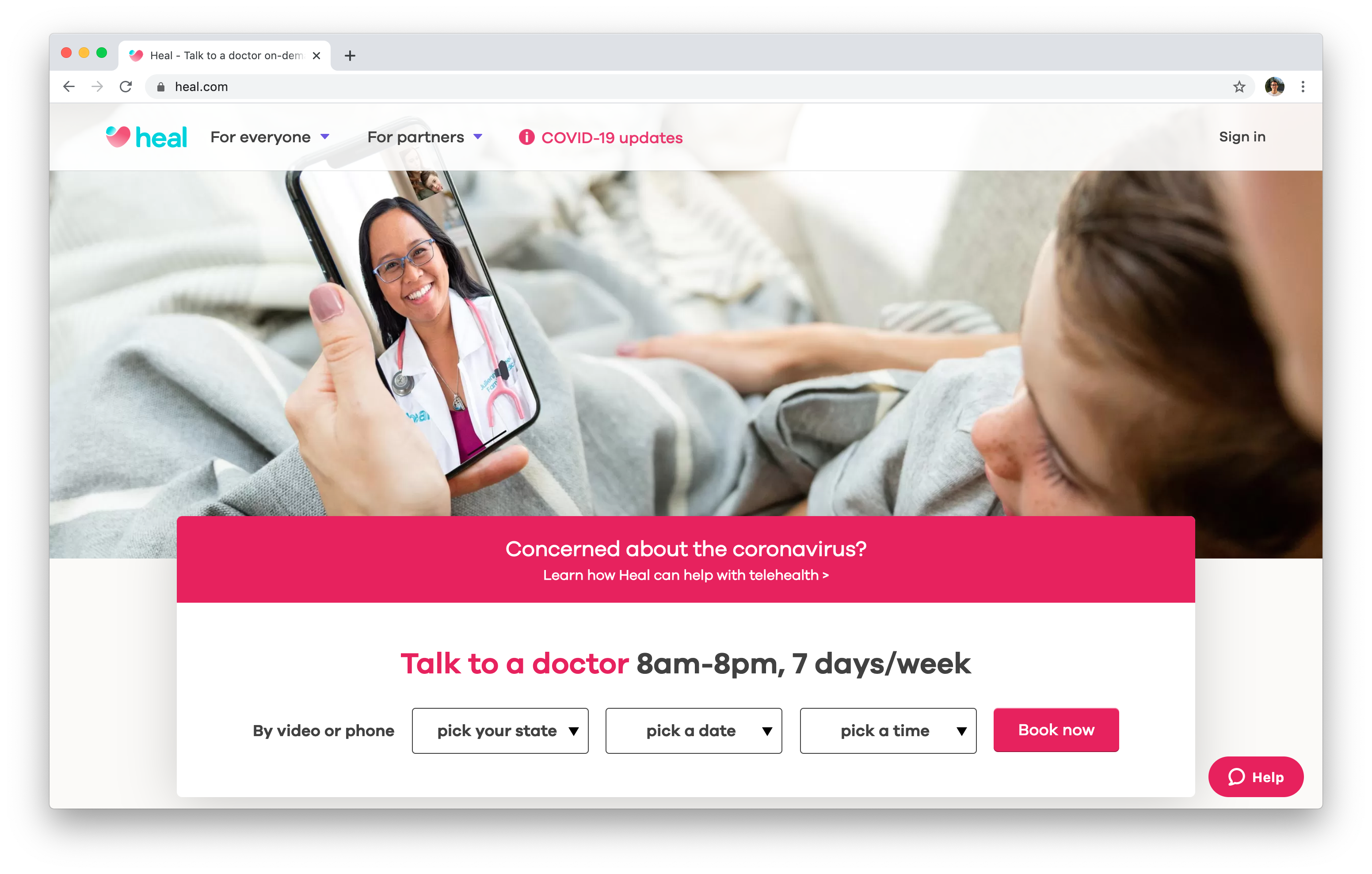Why Subscription Based Healthcare is Getting Appeal Among Patients Today
Wiki Article
Exactly How Subscription-Based Health Care Is Reinventing the Clinical Market

The Surge of Subscription Health Care
In recent years, the health care market has actually experienced a significant shift in the direction of subscription-based versions, mirroring broader customer patterns favoring benefit and predictability. This change is driven by the increasing demand for more tailored and accessible treatment solutions. Registration health care, sometimes described as concierge medication or direct health care, offers people a set monthly fee for a series of clinical solutions, considerably altering typical fee-for-service designs.The surge of membership health care is assisted in by developments in innovation, which allow structured interaction in between service providers and people - subscription based healthcare. Digital platforms and telehealth solutions have actually come to be integral, providing clients the ability to set up appointments, gain access to clinical records, and get examinations online. This technical assimilation not just enhances patient interaction yet also permits providers to supply a lot more efficient care
In addition, the subscription design aligns with the advancing assumptions of people who look for more control over their healthcare expenses and experiences. By removing the changability of co-pays and insurance policy claims, subscription-based medical care uses a transparent and uncomplicated technique. While this model is getting grip, its spreading encounters difficulties such as regulatory difficulties and the need for more comprehensive approval within the typical medical care ecosystem. Its growing existence marks a critical moment in the advancement of healthcare delivery.
Benefits for People and Companies
Subscription-based health care provides a wide variety of advantages for both companies and patients, improving the characteristics of healthcare. For individuals, this model offers boosted accessibility to health care solutions. With a predictable monthly cost, individuals can delight in unrestricted appointments, lowered delay times, and personalized care. This plan frequently leads to a much more proactive technique to health monitoring, permitting prompt treatments that can protect against chronic problems from intensifying. The monetary openness of subscription versions minimizes the unpredictability connected with standard fee-for-service invoicing, alleviating the worry of unforeseen clinical costs.For medical care carriers, subscription-based versions promote a more enjoyable and lasting practice. By protecting a stable profits stream, service providers can concentrate on delivering high-grade care without the stress of volume-based service. This model encourages longer patient consultations, cultivating more powerful patient-provider partnerships and enhancing health and wellness outcomes. Furthermore, it uses providers the flexibility to innovate and include precautionary and alternative care techniques. Administrative jobs are frequently structured, decreasing overhead expenses and allowing providers to commit more time to individual communication. In general, subscription-based healthcare straightens the incentives of carriers and individuals, promoting a much more patient-centered and efficient health care shipment system.
Trick Functions of the Design
Regularly, the key functions of the subscription-based healthcare design emphasize its distinctive technique to providing medical solutions. Central to this model is the principle of predictable, month-to-month repayments, offering individuals a thorough array of services without the unpredictability of traditional fee-for-service structures. This version usually includes limitless access to health care solutions, preventative treatment, and routine check-ups, making certain that people can engage with their this content doctor proactively as opposed to reactively.
Furthermore, straight communication channels, such as telemedicine and messaging systems, are stressed, enabling individuals to receive timely guidance and assessments without requiring in-person appointments. This improves ease of access and convenience, particularly for people with flexibility restraints or those living in remote areas. The design also promotes stronger doctor-patient connections, as doctor are incentivized to concentrate on lasting wellness outcomes instead of short-term brows through.
Moreover, continue reading this subscription-based health care frequently incorporates technological innovations, such as digital health and wellness documents and health tracking applications, to give personalized and efficient treatment. Clients benefit from coordinated and continuous treatment management, which is tailored to their details health demands. Ultimately, these features jointly produce a patient-centered healthcare experience, focusing on access, expense transparency, and preventative treatment.

Considerations and obstacles
While the subscription-based medical care version offers numerous benefits, it is not without its considerations and challenges. Subscription versions may accidentally prefer those with greater socioeconomic standing, possibly widening differences in healthcare accessibility for lower-income individuals that might have a hard time with month-to-month fees.One more obstacle hinges on governing conformity. Subscription-based medical care needs to browse an intricate internet of laws that differ by region, consisting of issues around client privacy, data protection, and state licensing requirements. Making sure compliance without hampering the model's flexibility and advancement can be discouraging for suppliers.
In addition, there is the risk of overutilization or underutilization of services. People paying a repaired fee could overuse services, resulting in raised functional expenses, while others could underutilize as a result of fear of straining the system, possibly disregarding needed treatment.
Future Potential Customers and Innovations
The landscape of subscription-based healthcare is positioned for transformation through arising developments and advancing potential customers. As modern technology remains to development, the integration of man-made knowledge and artificial intelligence offers substantial opportunities to boost analysis precision and streamline person administration. Anticipating analytics can revolutionize precautionary care by determining possible wellness threats prior to they manifest, consequently decreasing both prices and the problem on healthcare systems.Additionally, useful site telemedicine is readied to expand within membership designs, offering clients enhanced accessibility to medical care specialists despite geographical restraints. This not just helps with connection of care but additionally equips individuals to involve more proactively in their health management. Furthermore, blockchain technology supplies potential in safeguarding patient information and making certain interoperability across systems, cultivating depend on and openness.
The development of tailored medication is one more frontier, with subscription models giving a special framework for supplying customized wellness services. Hereditary screening and personalized therapy strategies can be flawlessly incorporated, lining up client needs with specific medical treatments. Additionally, partnerships in between tech companies and medical care companies are most likely to produce innovative services, boosting individual experiences and outcomes. As these potential customers appear, subscription-based healthcare has the prospective to redefine exactly how care is provided and accessed.
Conclusion
Subscription-based healthcare is changing the medical sector by providing a more accessible, foreseeable, and patient-centered strategy to clinical solutions. In spite of obstacles such as regulative obstacles and prospective differences in access, the subscription version holds promise for a more efficient and customized healthcare experience.Membership healthcare, in some cases referred to as attendant medicine or direct primary care, provides clients a set monthly cost for a range of clinical solutions, considerably modifying conventional fee-for-service models.
Additionally, the membership design aligns with the developing expectations of people who look for even more control over their medical care costs and experiences. For people, this version gives improved access to health care services. In general, subscription-based health care aligns the rewards of companies and people, promoting an extra patient-centered and reliable healthcare delivery system.
In addition, telemedicine is set to expand within registration models, offering clients increased accessibility to medical care professionals no matter of geographical restrictions. - subscription based healthcare
Report this wiki page